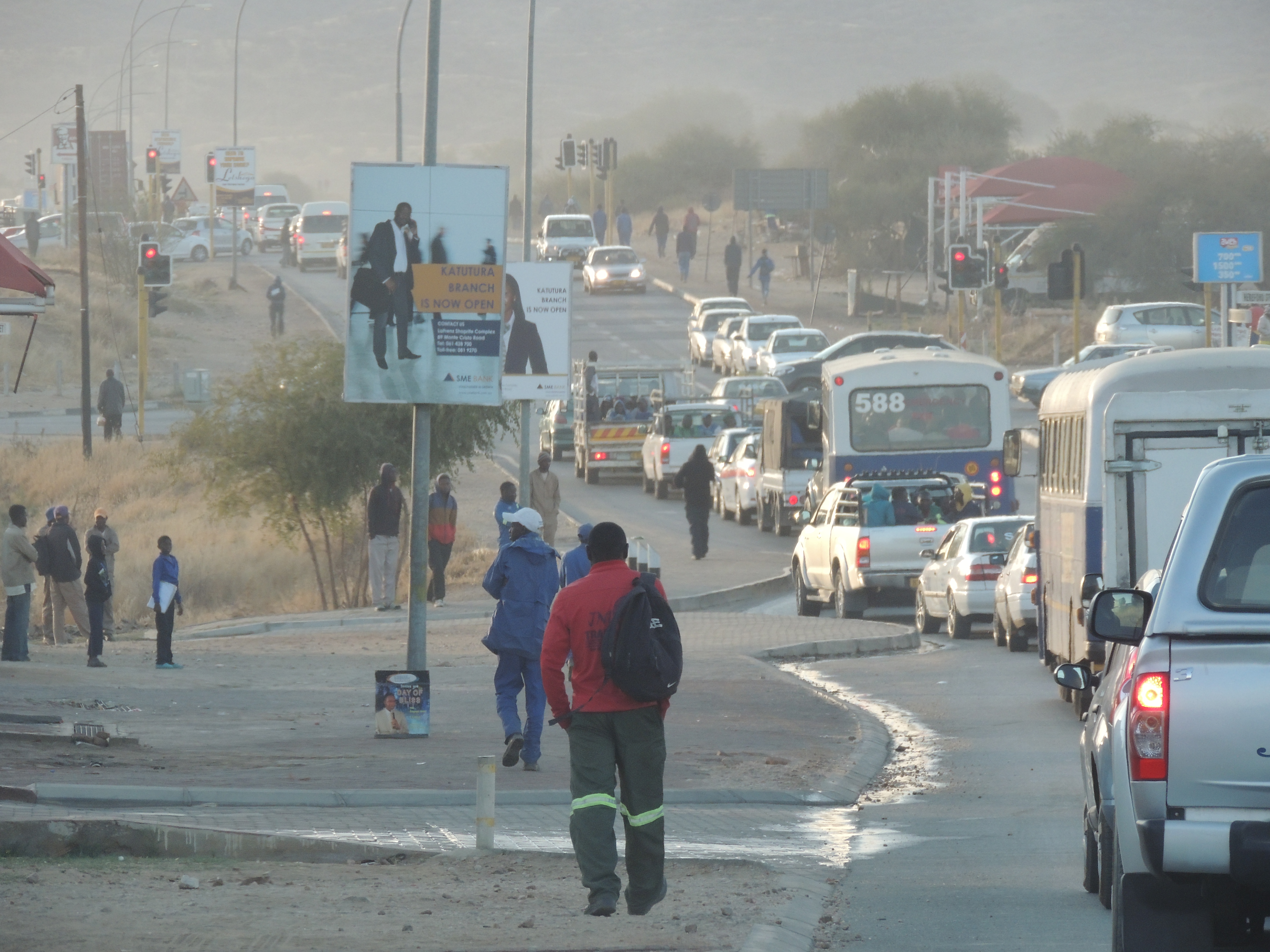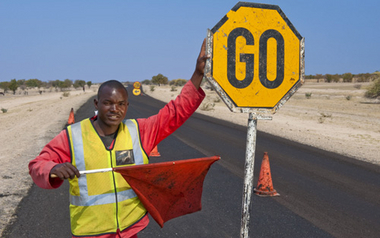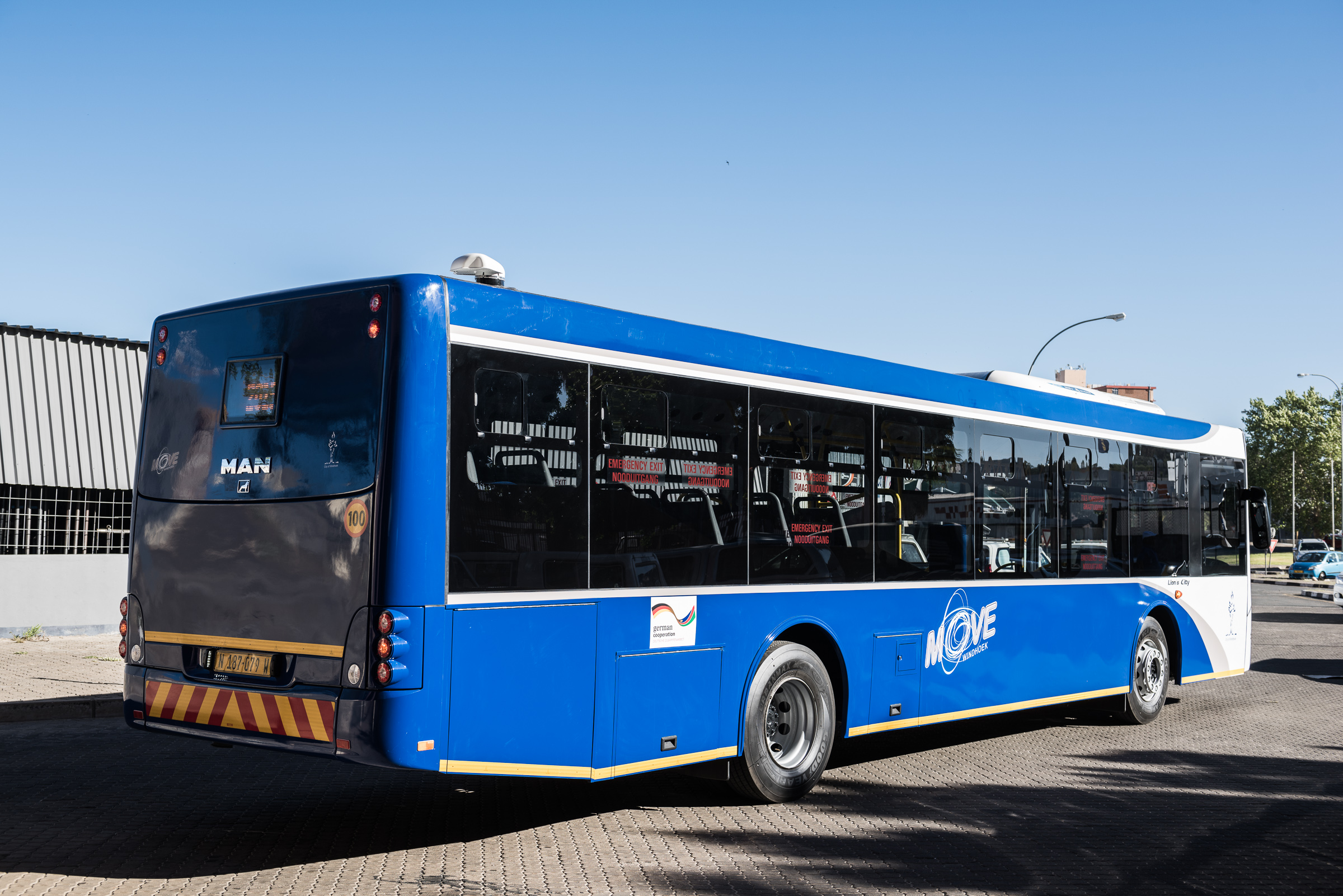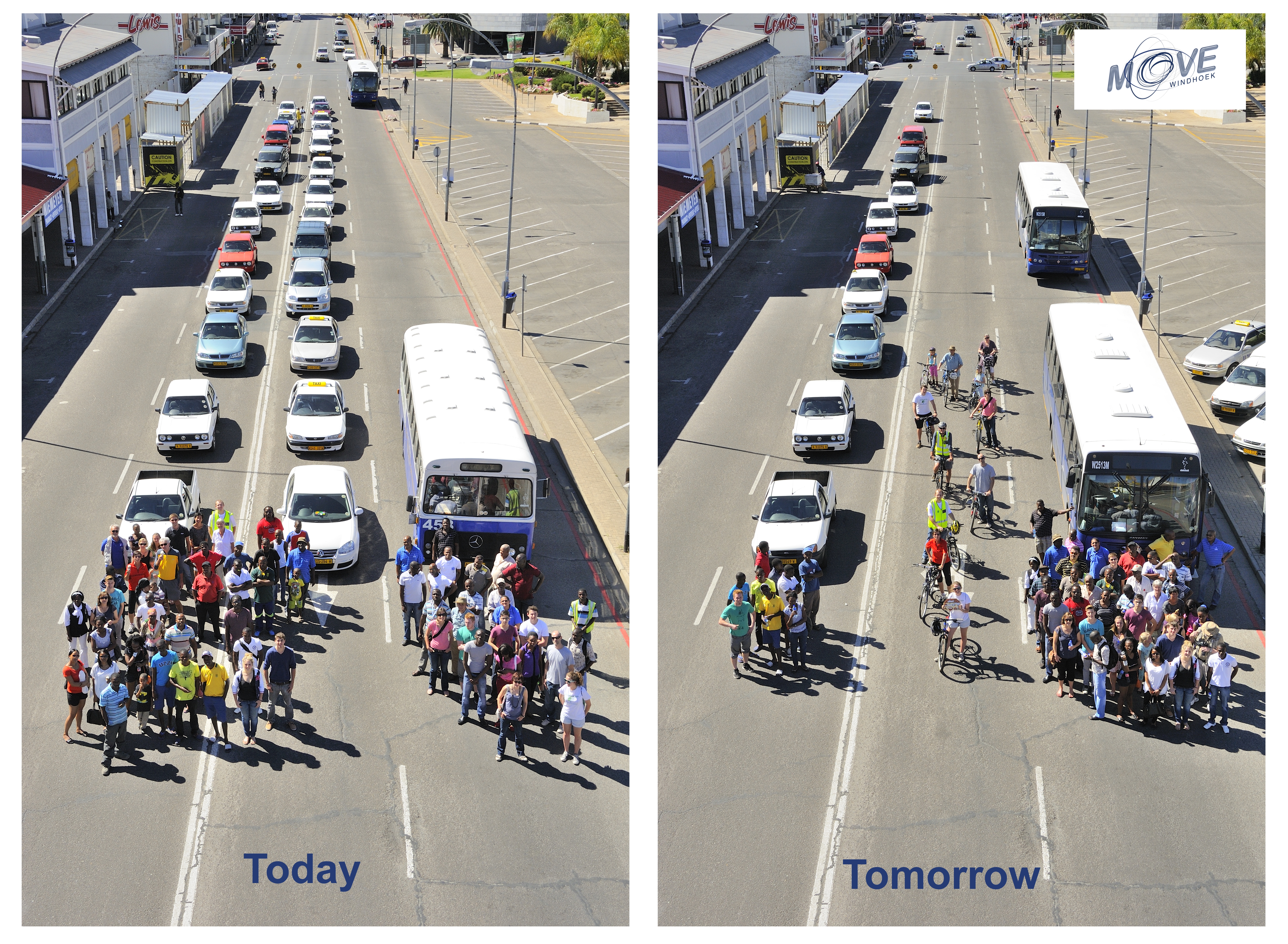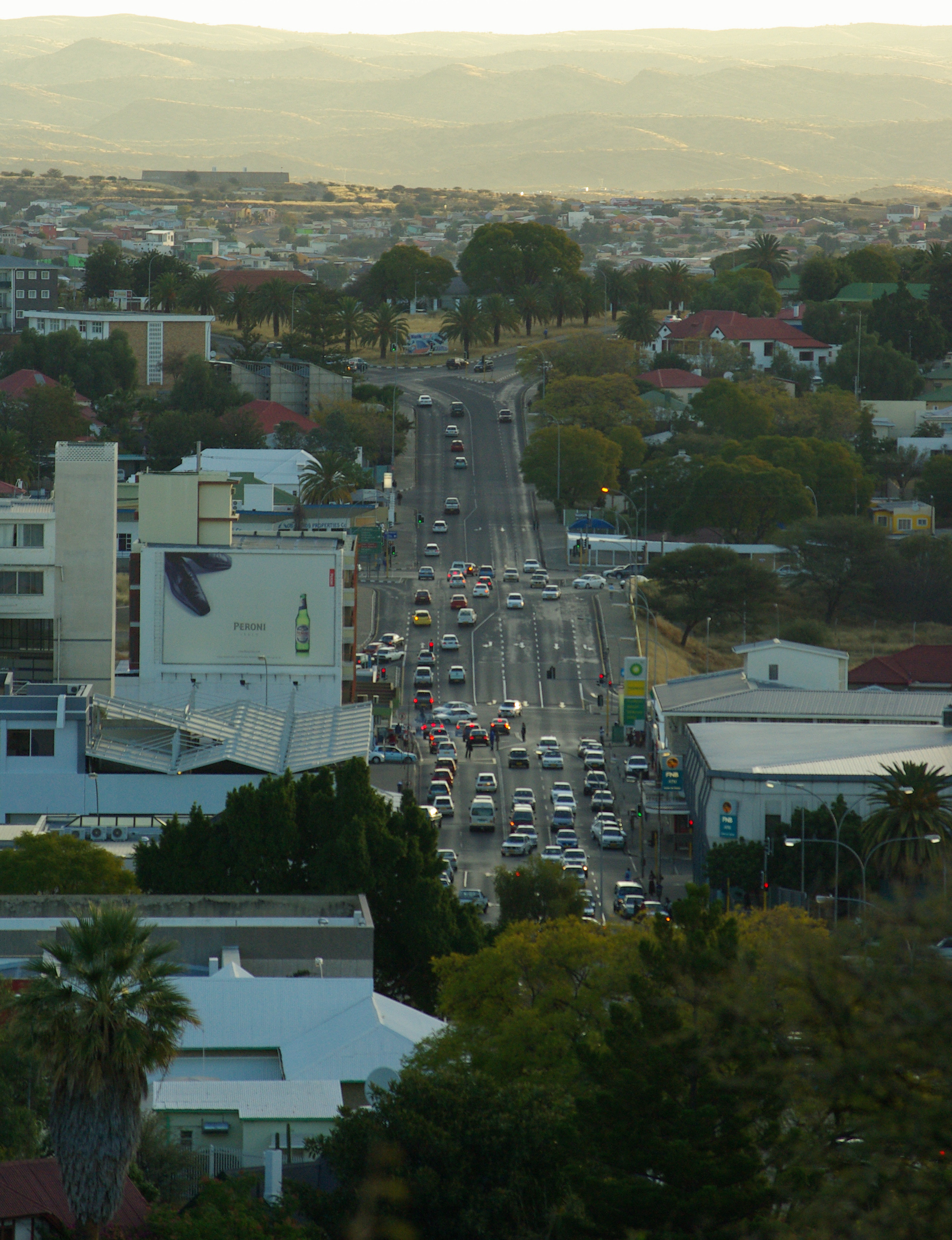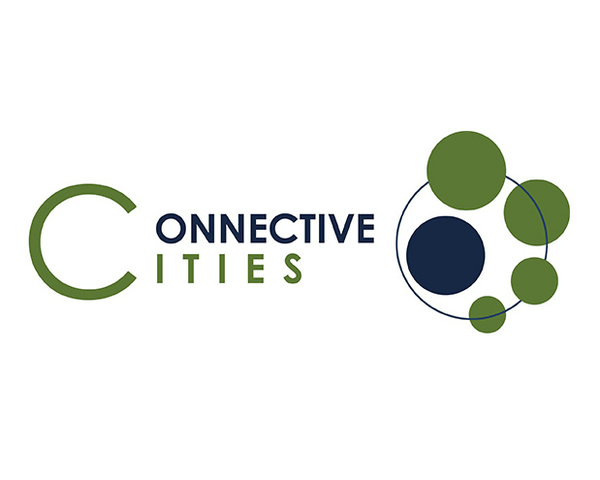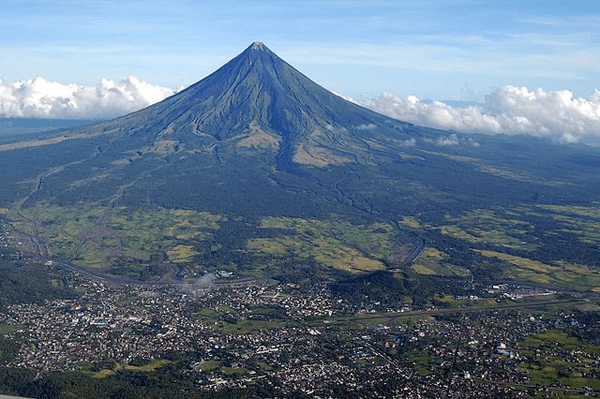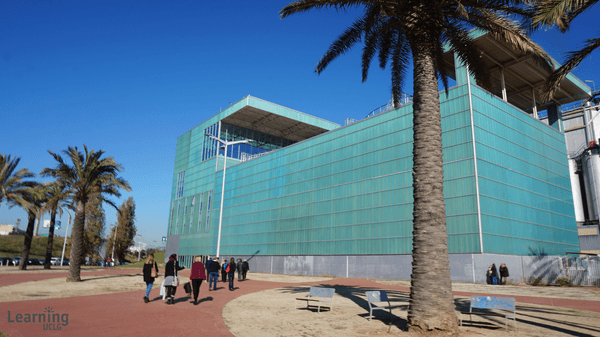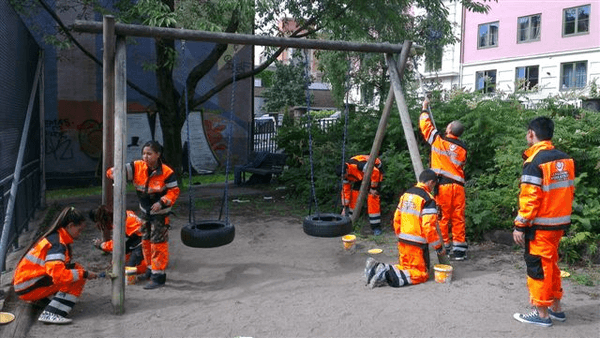City
Windhoek
Main actors
City Government, National Government, Supranational / Intergovernmental Institutions
Project area
Metropolitan Area
Duration
Ongoing since 2012
MoveWindhoek is a new bus system with which poorer population groups are to be provided with better access to mobility and urban motorised individual transport is to be reduced in the long run.
The present bus system in Windhoek is very unreliable since buses operate without fixed intervals and without a fixed route plan. This is why many places in the city lack fixed bus-stops. Furthermore, the obsolescent vehicles and the small fleet provide too little capacity. All in all, non-motorised traffic and public transport have been given insufficient attention. Therefore, heavy traffic jams build up towards the city centre every day. In the long term, owing to population growth and the formation of a middle class, traffic congestion is set to become even more severe.
Originally published by the International Community of Practice for Sustainable Urban Development CONNECTIVE CITIES: https://www.connective-cities.net/en/good-practice-details/gutepraktik/participatory-community-development-in-urban-areas-of-cairo-1/
External links / documents
On Map
The Map will be displayed after accepting cookie policy

